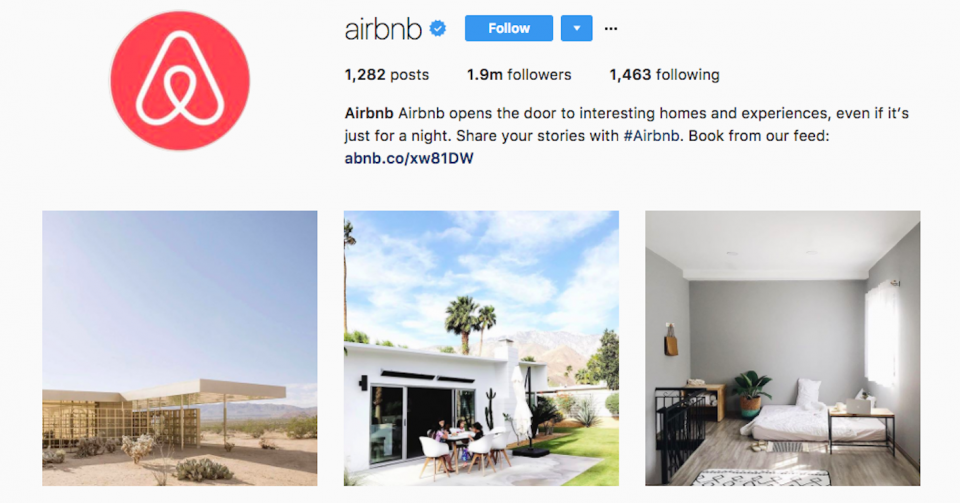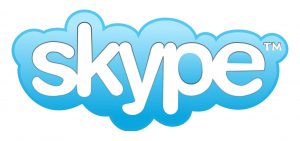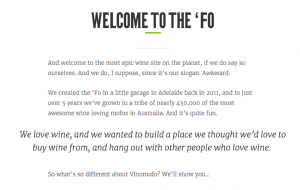The world of PR is more than words. As data is becoming increasingly democratised, ‘big data’ buzzwords are flooding into every industry – including PR. While the days of merely managing relationships and clippings are over, data is a highly crucial factor for successful campaigns today. PR professionals are experts in creating original media angles and pitching stories. But data can help to refine and sharpen these angles even further.
Many tech companies find it difficult to justify or see the immediate value of hiring PR. However, the business insights of companies can be the missing piece that helps to showcase thought leadership, gives a new market perspective and makes stories more interesting to the media and their readers.
PR is not product release
Product news releases are a big part of the PR world, but editorial teams have taken a strict stance on not publishing anything too closely-related to product releases. In today’s world, readers are far more discerning about advertising and sponsored content, therefore it’s crucial for media outlets to be objective. This makes it even harder for smaller companies to be heard at all. So, why would companies still hire PR professionals to create and distribute product releases?
A mere product release no longer has much impact in today’s busy media world. Data doesn’t just indicate a number of PR hits – it can actually proof points. Putting things into perspective, data can offer context and new PR angles. Using simple metrics, companies can share their real success stories. No matter if it’s the launch of a new product or industry trends – all of it can easily be quantified with ROI and other gathered data.
Turning data into insights
Collecting data before the conception of the PR campaign can offer key insights, shining a new light on the company’s product release. The successful communication of new products needs not only the accurate description of its benefits but demands a wider business context and key insights from the market. For example, a company offering ICT solutions won’t receive much media coverage with a mere product release. However, paired with a survey insight, such as ‘95% of APAC CIOs are actively seeking help with the digital transformation of their companies’, a product release can become major industry news.
Here are 4 tips to incorporate data into your PR strategy:
- Analyse product and market
- Interpret data with focus on product-market fit
- Align product communication with key market or business insight
- Design PR campaign around insights and product
Once you have collated your data from your research, it needs to be interpreted. An analysis is essential in this situation. PR professionals need to be able to slice, dice, and analyse data that drives new insights and interests journalists, whilst ensuring the company is represented in the best possible way.
Need some help to strengthen your PR messages with insightful data? Drop us a message to [email protected]





 Last, but certainly not least, brand monitoring. Outsourcing your marketing function shouldn’t be a one-trick pony. A dedicated and proactive agency should be continually optimising your marketing efforts. The world is a competitive place for brands big and small, and it is crucial to lower your risk of market stagnation. Brands need to be up to speed, consistent, as well as creative with their ideas. Having a great marketing campaign but not the strategy and monitoring in place is a slippery slope for brands. However, an agency will constantly try new things to keep your business on trend to deliver agreed-upon goals.
Last, but certainly not least, brand monitoring. Outsourcing your marketing function shouldn’t be a one-trick pony. A dedicated and proactive agency should be continually optimising your marketing efforts. The world is a competitive place for brands big and small, and it is crucial to lower your risk of market stagnation. Brands need to be up to speed, consistent, as well as creative with their ideas. Having a great marketing campaign but not the strategy and monitoring in place is a slippery slope for brands. However, an agency will constantly try new things to keep your business on trend to deliver agreed-upon goals.




